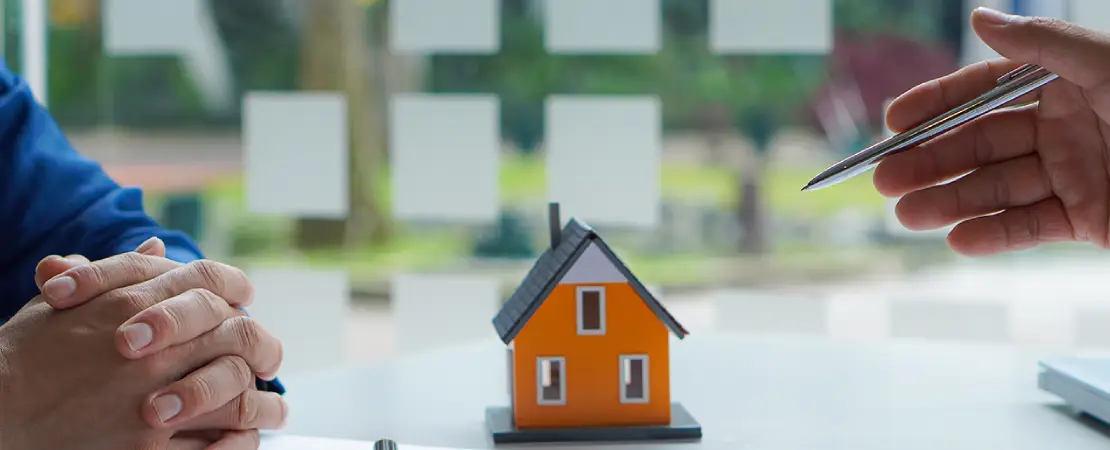What Is PMAY?

The Pradhan Mantri Awas Yojana, or PMAY, is the flagship initiative of the Indian government, and it was established in June 2015 with the goal of fueling the notion of "Housing for All." The project aims to improve the lives of homeless persons in India. The scheme's major plan is to build two crore houses for people from low-income families, middle-income groups, and economically disadvantaged groups. So far, the government has approved 1.12 million dwellings.
The Goal of the PMAY Program
Property and land prices in India have been steadily rising over the previous decade. This is especially true for people living in urban areas, where overall housing prices have risen by 38%. Because affordability has declined significantly, the initiative was implemented to encourage sustainable and affordable housing for the urban poor.
The effort intends to create more houses using environmentally friendly materials. The goal is to generate as little environmental harm as possible while also reducing air and sound pollution. It seeks to address the housing needs of the urban poor, including slum dwellers, through various measures and incentives, such as the promotion of affordable housing for weaker sections through credit-linked subsidies, slum rehabilitation with the participation of private developers using land as a resource, and so on.
PMAY Scheme's Four Components
PMAY-U, also known as PMAY-U, is one of three programs that provide loan interest subsidies to persons from the Economically Weaker Sections (EWS), Lower Income Group (LIG), or Middle Income Group (MIG) (MIG). This is what they mean.
What exactly is a home loan?
-
● ISSR (In-Situ Slum Redevelopment) Using Land as a Resource
This is the most significant aspect of the mission "Pradhan Mantri Awas Yojana (Urban) - Housing for All." The method seeks to rebuild slums by utilizing the land as a resource, with private sector engagement. The mission's goal is to unlock the potential of land under slum areas and build residences on it for qualified slum inhabitants, bringing them into the formal urban settlement.
The approach's highlights, according to the rules, are to pay subsidies of INR 1 lakh per house on average for all dwellings created for qualified slum inhabitants. Furthermore, state governments select how the residences built will be distributed: through ownership rights or renewable, mortgageable, and hereditary leasehold rights.
-
Credit-Linked Subsidies for Affordable Housing
The most essential benefit of the PMAY plan is CLSS. Beneficiaries of the Economically Weaker Section (EWS), Low-Income Group (LIG), Middle-Income Group (MIG-1), and Middle- Income Group (MIG-2) can now get house loans for construction or acquisition at much lower interest rates. Beneficiaries of the plan are eligible for interest subsidies if they seek a loan to purchase or build a new house, or if they wish to add rooms, kitchens, or bathrooms to existing houses as incremental housing. The government would pay an interest subsidy of 6.5 percent, 4 percent, and 3 percent under this program on loan amounts of 6 lakh, 9 lakh, and 12 lakh, respectively.
Members of a certain category may be eligible for a significant increase in interest payments. For example, if a member of the aforementioned group applies for a house loan, he or she will be charged an interest rate of 7% to 8% based on today's interest rate.
He/she will be eligible for an interest discount on a housing loan of up to INR 6 lakh. The lending institutions directly send the interest subsidy to the recipients' accounts, reducing the amount of the home loan and resulting in cheaper EMIs. However, if the loan amount exceeds INR 6 lakh, the borrower will be required to pay the usual interest rate on the amount in excess of INR 6 lakh.
The government has selected the National Housing Bank (NHB), Housing and Urban Development Corporation (HUDCO), and State Bank of India to monitor progress and transmit subsidies to beneficiaries through lending institutions (SBI).
-
Partnership for Affordable Housing (AHP)
The government has also authorized an affordable housing program in collaboration with the commercial and governmental sectors. The project intends to provide affordable homes to the economically disadvantaged groups as part of the preventative approach. People with physical impairments, old persons, SCs and STs, and other backward disadvantaged groups of society may be given preference in allocation. AHP projects must contain a minimum of 250 dwellings, with at least 35% of the houses falling within the EWS group.
-
Beneficiary-led Construction or Enhancement Subsidiary
This component aids low-income households in improving or building new homes. Its primary goal is to provide financial help to EWS dwellings being developed through various collaboration arrangements by states or union territories. Each EWS home receives INR 1.5 lakh in government support.
In addition to all of these components, a new component was added after Covid. The Union Cabinet recognized the necessity for affordable rental housing projects on June 14, 2020 – essentially a sub-scheme under PMAY (U). The goal was to provide secure and adequate rental accommodation to urban poor migrants at cheap rates, close to their workplaces, in order to protect their employment possibilities.
© 2023 - All Rights with www.loanxpart.com




